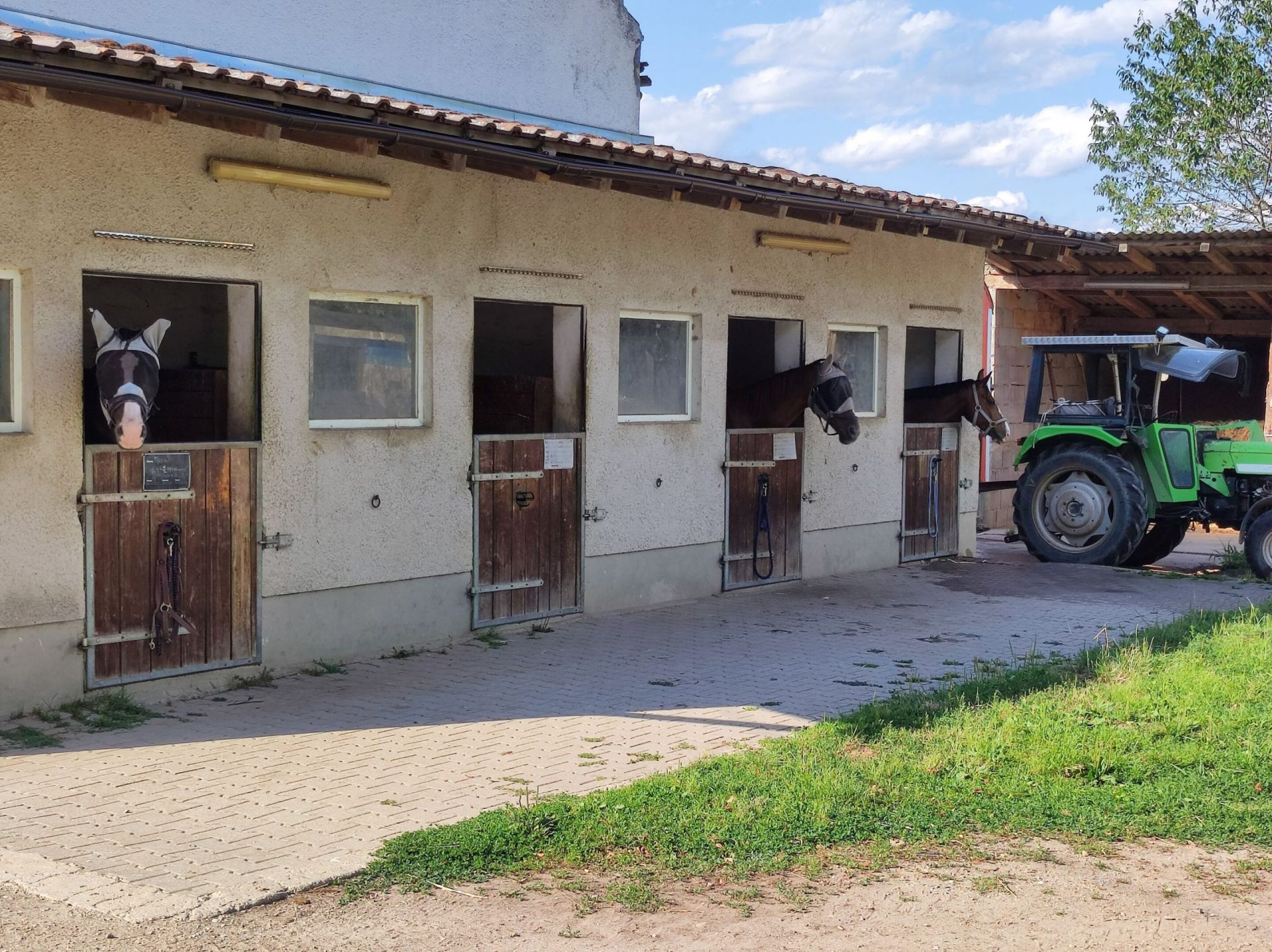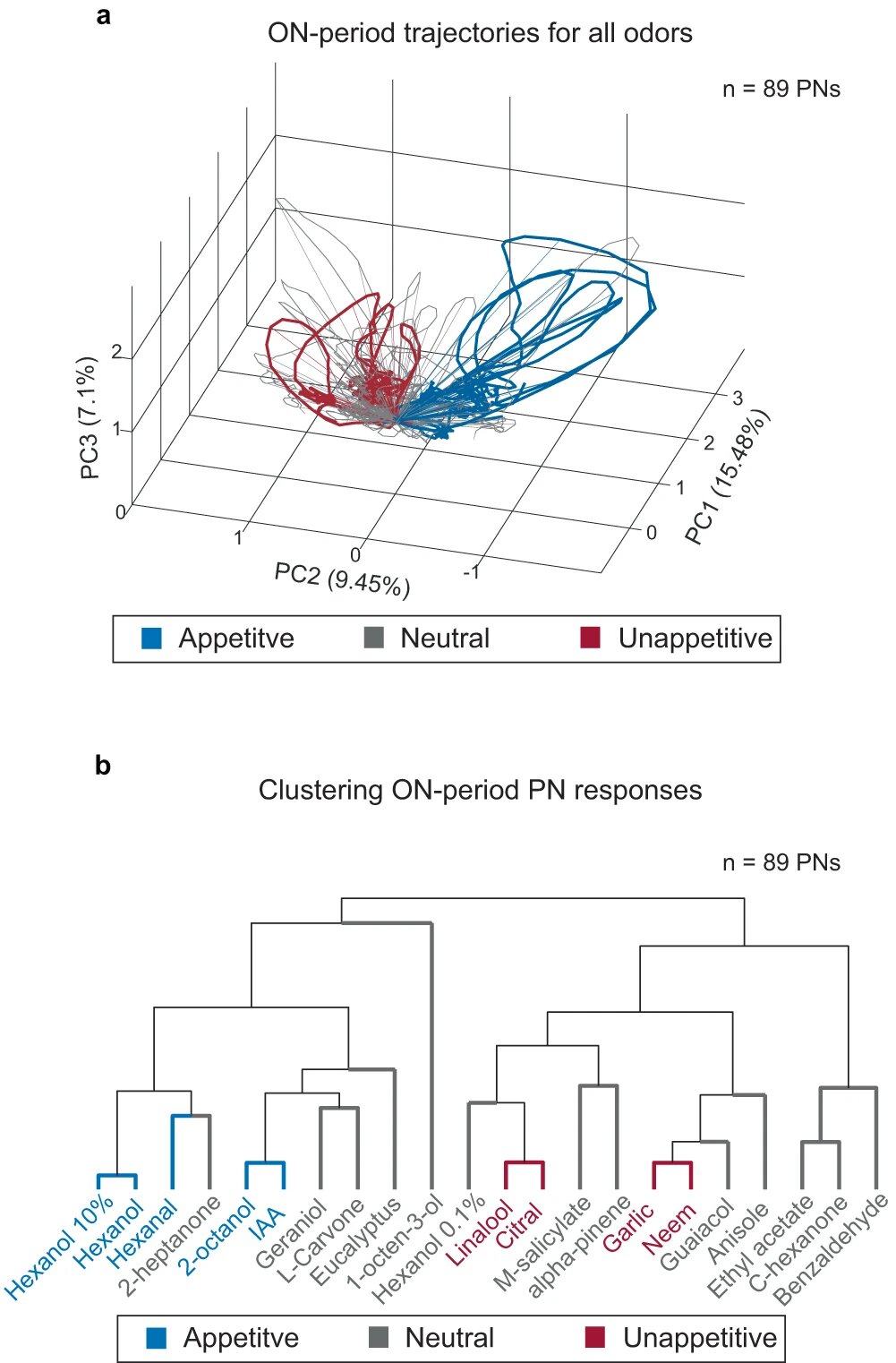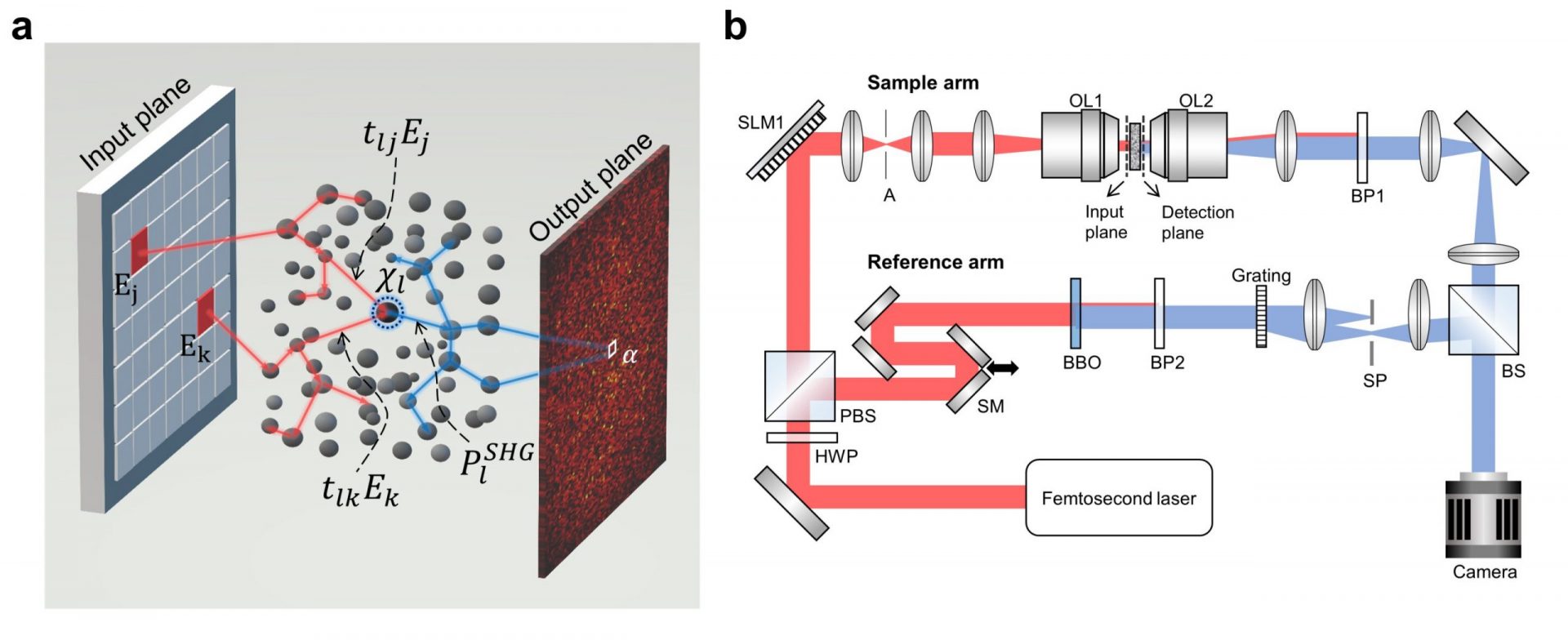Did you know that para-cresol, an aromatic compound, has a strong horse stable-like odor? Not only does it contribute to off-flavors in some foods, but it is also detectable in whiskey, tobacco, and even the urine of various mammals.
A research team from the Leibniz Institute of Food Systems Biology at the Technical University of Munich has made an exciting discovery. They have identified the specific odorant receptor that humans use to perceive para-cresol. This groundbreaking work has been published in the journal Food Chemistry.
Para-cresol, also known as 4-methylphenol, is produced during the degradation of certain amino acids and thermal processes. It can be found in various foods, such as white pepper, cocoa, rapeseed, and olive oil, where it can contribute to off-flavors in their aroma. Interestingly, para-cresol has long been known to attract insects like mosquitoes, tsetse flies, and horseflies, as well as horses and cattle.
Under the leadership of Dietmar Krautwurst from the Leibniz Institute in Freising, the research team successfully identified the human odorant receptor for para-cresol using a cellular test system. They emphasized the importance of having access to pure para-cresol, as commercially available samples are often contaminated and could affect the results.
Testing Over 600 Human Odorant Receptors
The team obtained pure para-cresol through high-performance liquid chromatography, allowing them to conduct an extensive receptor screening. They tested more than 600 human odorant receptor variants to see which ones responded to para-cresol.
Through their screening, they discovered that the OR9Q2 receptor was the only one that responded to physiologically relevant concentrations of para-cresol. They also investigated whether the receptor responded to other odorants and found that only one other substance, 4-ethylphenol, significantly activated the receptor.
The team further examined the concentration-response relationships between para-cresol and animal odorant receptors that are similar to the human receptor. They found that the mouse receptor responded similarly to the human receptor, while the cow receptor showed even higher sensitivity to the substance.
These findings align with previous research indicating that para-cresol acts as a pheromone in cows, exerting a sexual attraction on the animals even at very low concentrations.
The Highly Selective ‘Para-Cresol Receptor’
The researchers highlight the high selectivity of the OR9Q2 receptor for para-cresol, suggesting its evolutionary conservation. This receptor plays a dual role as a sensor for food and stimulant odors, as well as a receptor for a signaling molecule involved in communication between animals of the same species.
Principal investigator Dietmar Krautwurst explains, “The receptor fills a gap in the recognition spectrum of the phylogenetically older human odorant receptor OR2W1, which detects a wide range of structurally different odorants but not para-cresol.”
Aside from these exciting findings, this new knowledge could potentially be used in the future to develop biotechnologies that quickly and easily test the sensory quality of food throughout the entire value chain.








